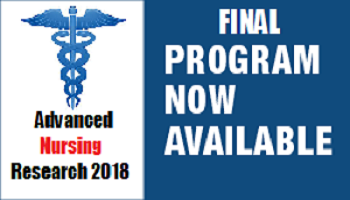
Emilia C Carvalho
University of São Paulo at Ribeirão Preto College of Nursing (EERP-USP), Brazil
Title: Construction and validation of a virtual learning object for the peripheral vascular system’s physical examination: methodological steps
Biography
Biography: Emilia C Carvalho
Abstract
The construction of a virtual learning object must follow recommended steps to obtain its validity and effectiveness with the target public. The area of ​​interest of this virtual learning object was the peripheral venous semiology, essential content for nursing practice. This methodological study had its aim in developing and validating a virtual learning object following the six phases proposed by Andrade et al.: educational design, computational modeling, environment implementation, ergonomic, pedagogical and usability assessments. The first three steps (object construction steps) includes: theme choice, pedagogical reference, degree of freedom of navigation, layout and incorporation of media. The latter steps comprise the virtual learning object validations with experts (computer science and area of ​​study) and with the target audience. Construction steps: a literature review was initially undertaken for content selection. Free navigation was the one selected; so that the student could choose the learning path according to their interest and difficulties. The layout and the media were defined according to the content. PowerPoint and HTML5Point programs were used, which allowed the object to be made available in HTML format and work on different devices. Validation steps: three nursing experts and three computer science experts evaluated the virtual object. Some points were identified that needed adjustments in the content and the composition of the virtual object. After the corrections, the version validated by the experts was presented to 20 undergraduate nursing students; they evaluated the usability (motivation and interest). Among the results, 95% were certainly satisfied and all the participants considered that the object will certainly bring some assistance in their work as a nurse. Valid strategies are useful as alternative resources in nursing teaching. The methodological steps used to construct the learning object were adequate and enable the development of a quality material, validated in terms of content, appearance and usability.

